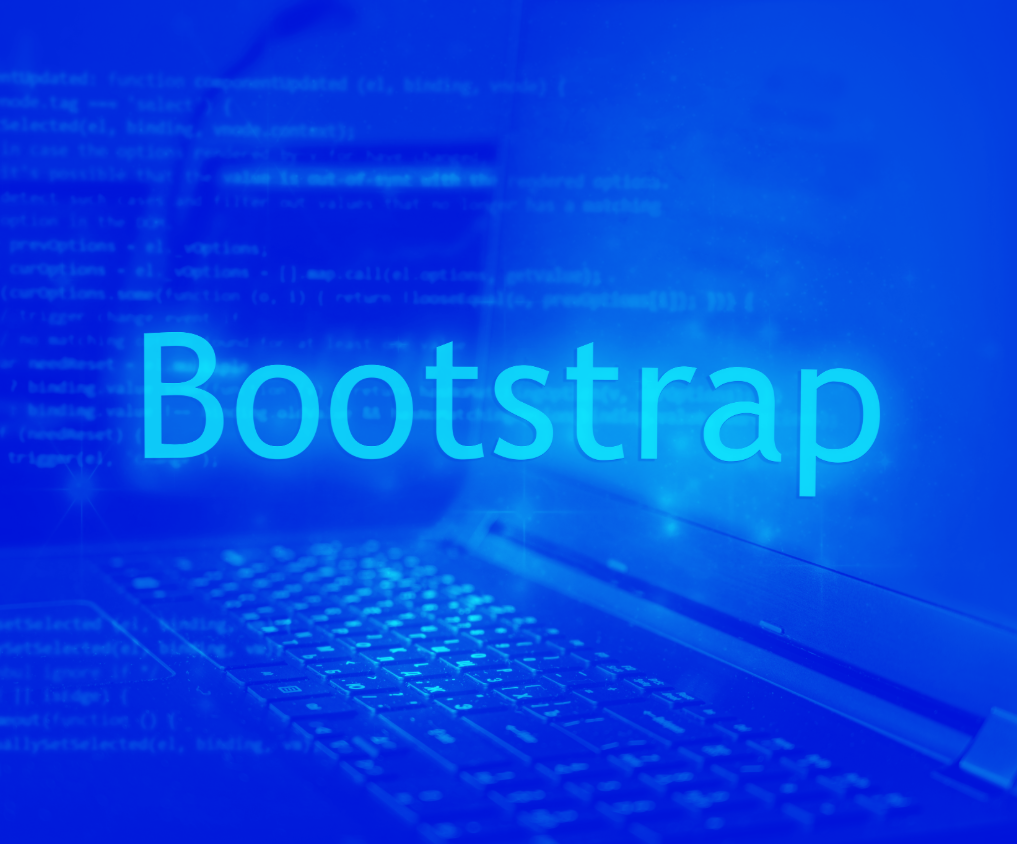Introduction:
When discussing popular programming languages today, names like Python, JavaScript, and Go often dominate the conversation. Yet, quietly in the background, there’s a language that has influenced much of what we now take for granted in the programming world: Perl. Perl may not make as many headlines today as it did in the 1990s and early 2000s, but it remains a powerful, flexible tool in the hands of experienced developers. This blog post aims to revisit Perl, understand its strengths, and explore why it’s still relevant today.
A Brief History of Perl
Perl was created by Larry Wall in 1987 as a general-purpose programming language designed for text processing. Wall wanted to make a language that was practical, flexible, and powerful enough to handle system administration tasks while being able to interface well with different tools.
Perl stands for "Practical Extraction and Reporting Language," but Wall humorously adds that it also stands for "Pathologically Eclectic Rubbish Lister" – a nod to its flexible and sometimes chaotic syntax. This flexibility allowed Perl to become a Swiss Army knife for developers working with text, especially for tasks involving report generation, log parsing, and web development in its early years.
Key Features of Perl
- Text Processing Powerhouse: Perl was built with a strong emphasis on text manipulation, making it extremely efficient for tasks involving regular expressions, pattern matching, and string parsing. These abilities made it a favorite for system administrators, bioinformaticians, and data analysts.
- "There's More Than One Way To Do It" (TMTOWTDI): Perl’s motto is TMTOWTDI, which reflects its philosophy of flexibility. Unlike more rigid languages, Perl often provides multiple ways to accomplish the same task, giving programmers a significant amount of creative freedom. This flexibility, while powerful, can also make Perl scripts harder to maintain, as the same task can be solved in wildly different ways.
- CPAN (Comprehensive Perl Archive Network): One of Perl's greatest strengths is CPAN, an extensive repository of Perl modules. Developers can find pre-written solutions for just about any problem they encounter, from web scraping to machine learning. CPAN’s vast library enables Perl to stay relevant by allowing the language to grow alongside modern software needs.
- Scripting and Automation: Perl’s scripting capabilities are one of the reasons it became a staple for system administrators. Automating tasks like file management, report generation, and log analysis is easy with Perl’s built-in functions and the variety of modules available through CPAN
- Cross-Platform Compatibility: Perl is highly portable and runs on most operating systems, including Unix, Linux, Windows, and macOS. This portability is especially useful for writing scripts that need to work across multiple environments without significant modification.
The Decline of Perl
Despite its strong start, Perl saw a decline in popularity during the mid-2000s. This was largely due to the rise of more modern languages like Python and Ruby. Python, in particular, gained traction due to its cleaner syntax, readability, and more consistent approach to programming. While Perl’s TMTOWTDI philosophy was liberating for some, it also made code harder to maintain at scale, leading organizations to adopt languages with stricter guidelines.
Additionally, Perl's reputation for "write-only code" emerged, implying that while Perl code might be easy to write, it could be difficult to read and maintain later. This gave the language a bit of a bad reputation in software development circles, especially as software projects grew larger and more complex.
Perl Today: Why It Still Matters
Although Perl is not the most popular language today, it continues to serve important roles in various domains:
- Legacy Systems: Many older systems, especially in industries like finance, telecommunications, and healthcare, still run Perl. Maintaining and updating these systems requires Perl expertise, ensuring the language remains relevant.
- Bioinformatics: Perl has a special place in the bioinformatics community. It has been used extensively for parsing large data sets, performing sequence analysis, and manipulating DNA and protein data.
- Scripting and Quick Prototyping: Even today, Perl excels at scripting and automation. Its ability to quickly handle text files, system calls, and database connections makes it an excellent choice for writing small scripts and prototypes.
- DevOps and System Administration: Perl continues to be a popular choice for system administrators and DevOps professionals who need to automate workflows, process logs, and manage infrastructure.
- Web Development: While Perl was once the go-to for CGI scripting in web development, its presence in modern web frameworks has diminished. However, it still has its place in certain environments, especially where older systems are concerned.
The Future of Perl:
Perl is not stagnant. In fact, the Perl community has been actively maintaining and improving the language. The release of Perl 6 (now rebranded as Raku) represented an ambitious attempt to rethink what Perl could be. Though Raku has its own following, the original Perl (sometimes referred to as Perl 5) continues to evolve with new features and improvements.
While Perl may never regain the widespread popularity it once enjoyed, it remains a powerful tool in certain niches. Its legacy is undeniable – many modern programming languages owe a great deal to Perl’s influence in text manipulation, regular expressions, and scripting.
Conclusion:
Perl may not have the glamor or attention of newer languages, but it has earned its place in the pantheon of programming languages through its power, flexibility, and contributions to early web development and system administration. For developers working in areas that involve text processing, system automation, or legacy systems, Perl remains an invaluable tool. As the saying goes, "Old but gold"—and Perl, though aging, still shines brightly in the right hands.








